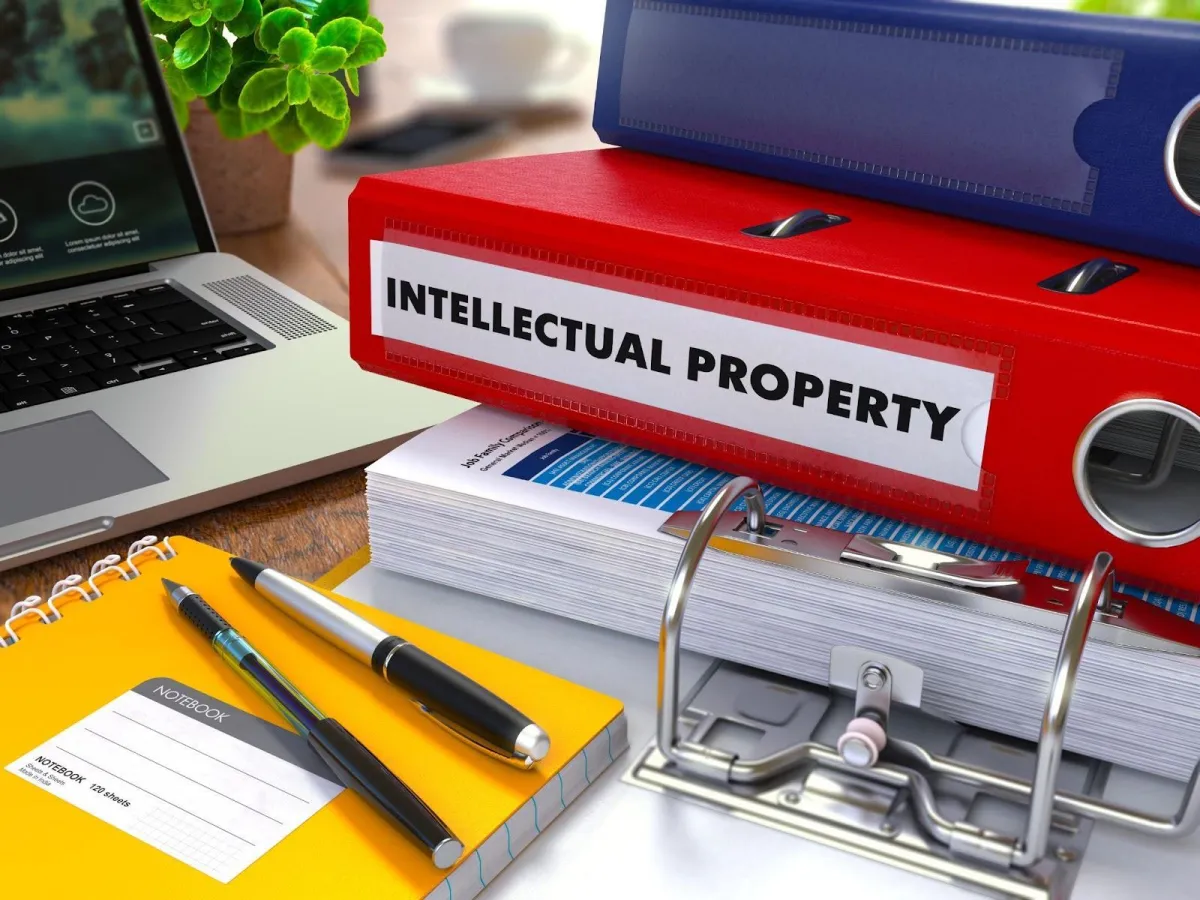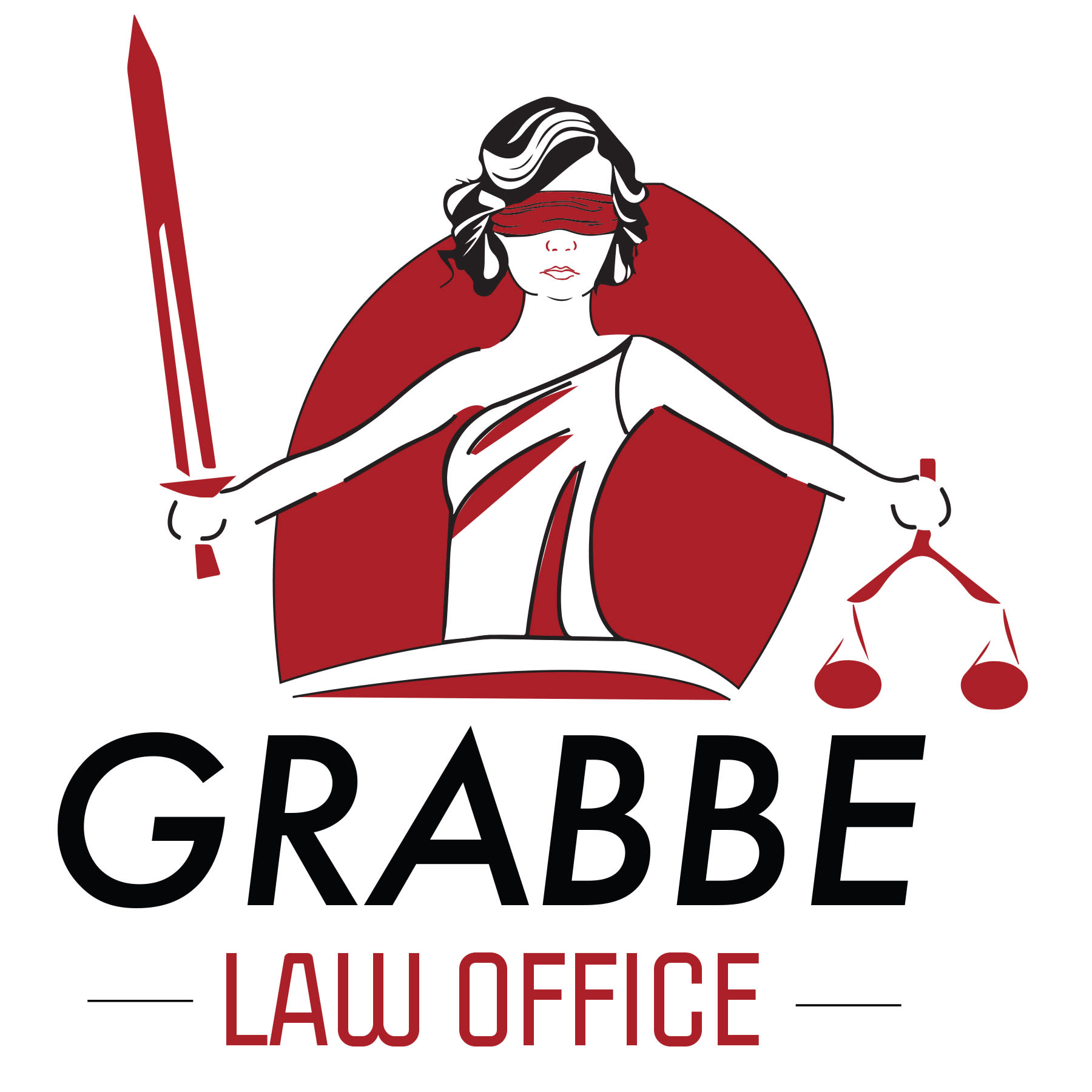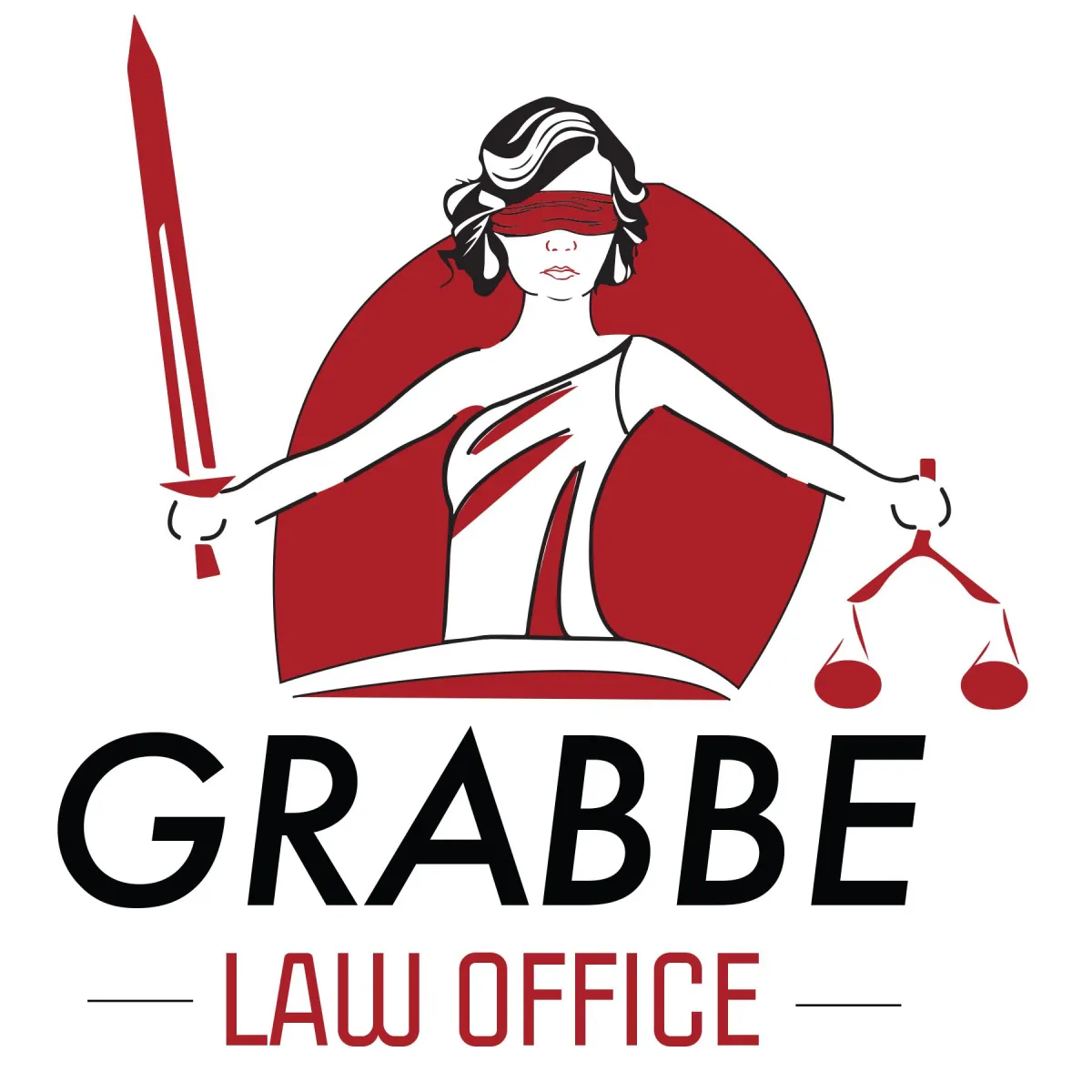THANK YOU
for submitting your form!
We will be in touch with you soon with your next steps.
In the meantime, follow us on social media
or check out our blog posts.

Do I Need A Trademark Attorney After I Receive A Notice Of Allowance?
After receiving a Notice of Allowance (NOA), many business leaders wonder whether they need a trademark attorney for their next steps. This is an understandable query for small companies seeking to minimize legal fees. On the other hand, it also makes sense for international corporations to reduce expenses whenever possible. Is it necessary to hire a lawyer simply to respond to an NOA? How can a trademark attorney help entrepreneurs who have just received their NOAs? Is it possible to handle your NOA without any assistance whatsoever? A consultation with an intellectual property lawyer may help answer these questions. Reach out to The Grabbe Law Office to begin this discussion today.
What Is a Notice of Allowance?
A Notice of Allowance (NOA) is a document issued by the US Patent and Trademark Office (USPTO), and it represents an important stage in the patent acquisition process. If a trademark applicant receives this document, an examiner has likely approved the application. Upon receipt of an NOA, the applicant must pay certain fees within three months. An NOA may include specific notices, including the Corrected Notice of Allowance, Corrected Notice of Allowability, Notice of Allowability, and Supplemental Notice of Allowability.
Why Is a Notice of Allowance Important?
Although an NOA usually represents an approved application, further steps are necessary. After receiving a Notice of Allowance, a patent applicant must respond within a specific timeline. According to the USPTO, the deadline is usually three months – and it is non-extendable. Applicants must provide issue fees when responding to NOAs, or they risk losing their patent rights.
Aside from providing fees, applicants must also correct any errors identified in their NOAs. These errors are highlighted by additional notices provided with the NOA, such as the Corrected Notice of Allowance and the Supplemental Notice of Allowability. Both fall under the same USPTO code as the Notice of Allowance, and they carry critical implications for the patent application process. A qualified patent trademark attorney at the Grabbe Law Office can help applicants navigate this process.
Next Steps to Consider After a Notice of Allowance
When an applicant receives an NOA, they must consider various steps to preserve their patent rights. Note that many of these steps are time-sensitive.
Review the Notice of Allowance: Review the NOA in its entirety. Determine which specific trademark claims the USPTO has approved. Note that the USPTO may approve certain aspects of a trademark, but not others. What course of action is necessary based on the information in the NOA?
Pay Issue Fees: Pay the issue fees within the three-month window. If the payment is overdue, a trademark attorney can request a reissue within two months. Prompt payment helps protect trademark rights.
Deal with the Corrected Notice of Allowance and Supplemental Notice of Allowability: An applicant may receive a Corrected Notice of Allowance and a Supplemental Notice of Allowability as part of the NOA. Both of these notices fall under the same NOA code but resolve different issues. These may require additional steps.
Claim Patent Property Rights: Once the applicant receives the NOA, they can begin to explore additional strategies to enforce their intellectual property rights. If another entity is impeding upon these rights, a trademark attorney may execute these strategies on behalf of the company.
What Is the Timeline for Registration?
The USPTO typically approves the Statement of Use (SOU) within two months of the applicant resolving outstanding issues. However, examiners might also spot errors in Notices of Allowance. These mistakes often involve incorrect data, or the exclusion of a timely filed amendment. In this situation, the examiner determines if republishing the NOA is necessary.
The USPTO may then issue a Corrected Notice of Allowance. The due date for issue fees should remain in place, and applicants should follow the timeline set by the initial Notice of Allowance. Part of this process might involve reusing portions of the previous application. This is something a trademark attorney can assist with.
Step 1: Understand Fee Requirements
It is critical to understand fee requirements, as they vary depending on the specific category of the patent holder. The USPTO lists patent maintenance fees on its website. Original patents involve different fees compared to reissued patents. Fees also vary depending on entity size. Incorrect payments can cause needless delays and other issues, and a trademark attorney can help applicants avoid these common pitfalls.
Step 2: Consult With Your Patent Attorney
Misinterpreting the NOA or failing to properly carry out the required next steps can negatively affect the patent rights of applicants. Trademark attorneys can help applicants avoid issues like non-issuance and patent abandonment. A consultation with a trademark attorney also helps ensure prompt and correct payment of issue fees based on the entity size of the applicant.
Although a trademark attorney represents added legal fees, applicants should also consider the cost of potential patent issues. If a company loses its patent rights, it may struggle to take advantage of new opportunities. In particularly serious cases, continued operation may prove impossible with lost patent rights. A patent attorney may represent an investment in the future of the company and its ability to profit from new opportunities.
Step 3: File Child Patents
After an applicant gains an understanding of their NOA and pays the necessary issue fees, they may need to give their intellectual property further layers of protection by filing child patents. Child patents, including Continuation-In-Part (CIP) and Requests for Continued Examination (RCE), play integral roles in maximizing intellectual property protections.
CIP Patents
CIP patents present a strategic option post-NOA. They let the inventor introduce new material not included in the original application. As long as these new developments are related to the original invention, applicants can remain within the scope of their initial patent protections without filing new applications. Trademark attorneys can help applicants file CIPs effectively.
RCEs
Requests for Continued Examination (RCE) represent another viable strategy after receiving an NOA. If the USPTO examiner identifies patentability issues, applicants can file an RCE to respond to relevant concerns and explain why their invention is genuinely innovative. A trademark attorney can help applicants use RCEs to show why their inventions deserve patent protections. They can present compelling arguments backed by patent laws and precedents, potentially overturning original decisions. This can help prevent permanent denials.
How an Experienced Intellectual Property Lawyer Can Help
A Notice of Allowance represents a critical milestone in the patent process. Although applicants might assume that they simply need to review the document and pay a few fees, a more nuanced approach can maximize intellectual property rights. In many cases, a trademark attorney can help applicants avoid losing their patent rights by executing effective NOA response strategies. To discuss child patents, reissue requests, and payment deadlines, contact an experienced trademark attorney. Choose the Grabbe Law Office and get started with a consultation today.








